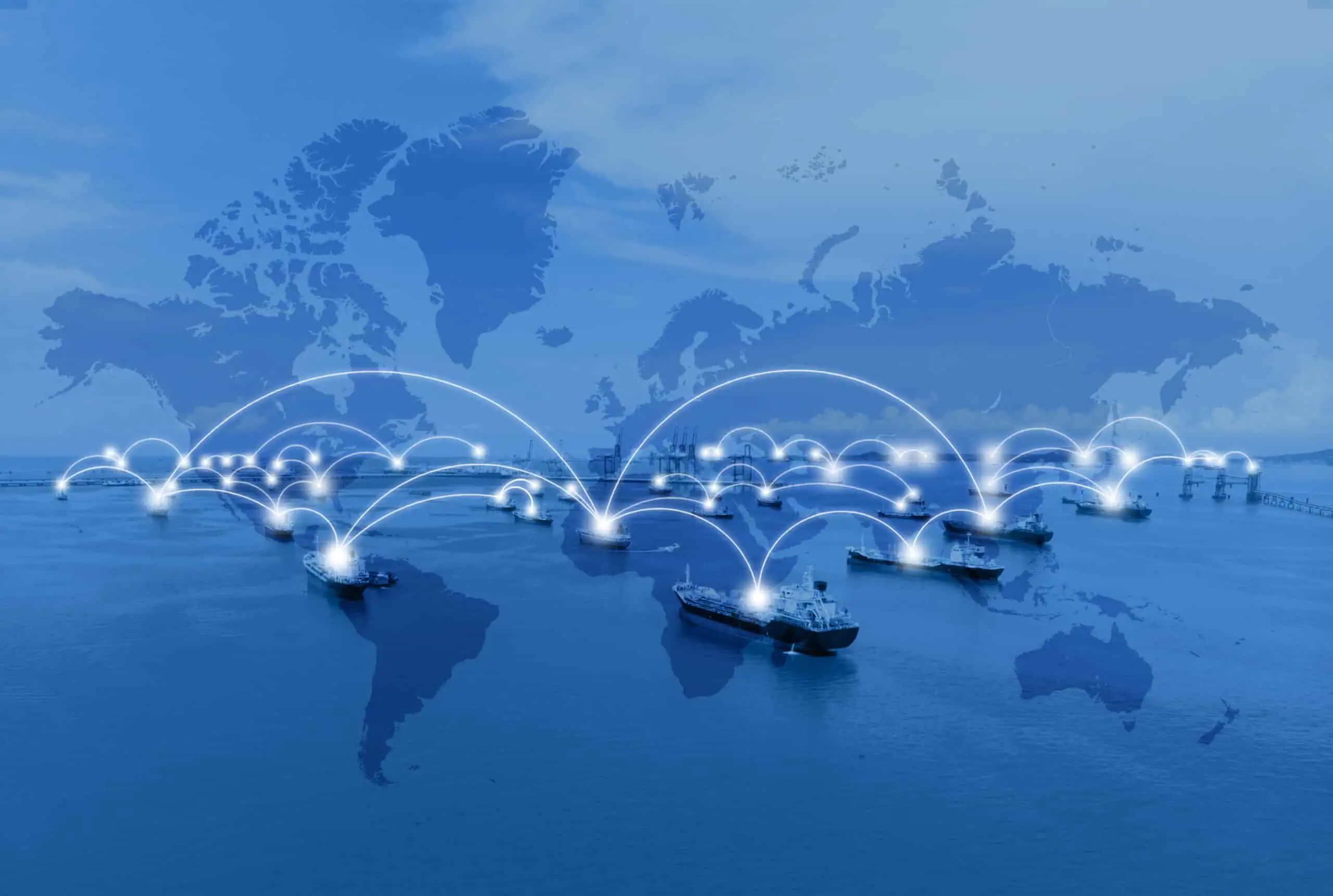

Table of Contents
What is Shaping the Future of Shipping?
Shaping the future of shipping involves a mix of technology, sustainability, and innovation. With the global demand for goods rising, the shipping industry is evolving to keep pace while reducing its environmental impact. One major trend is the adoption of greener practices, such as using fuel-efficient vessels and exploring alternative fuels like hydrogen and biofuels. This shift aims to lower carbon emissions and combat climate change.
Technology plays a crucial role too. Advanced digital tools, like artificial intelligence and big data, are being used to optimize routes and improve logistics. This not only enhances efficiency but also saves time and costs. Additionally, automation is making waves, with autonomous ships and smart ports becoming a reality. These innovations promise to streamline operations and reduce human error.
Moreover, the rise of e-commerce is reshaping shipping logistics, leading to faster delivery times and more flexible shipping options. Companies are investing in better tracking systems, allowing customers to monitor their shipments in real time.
the future of shipping is about balancing efficiency with environmental responsibility. As the industry embraces these changes, we can expect a more sustainable and technologically advanced shipping landscape that meets the needs of a growing global market.
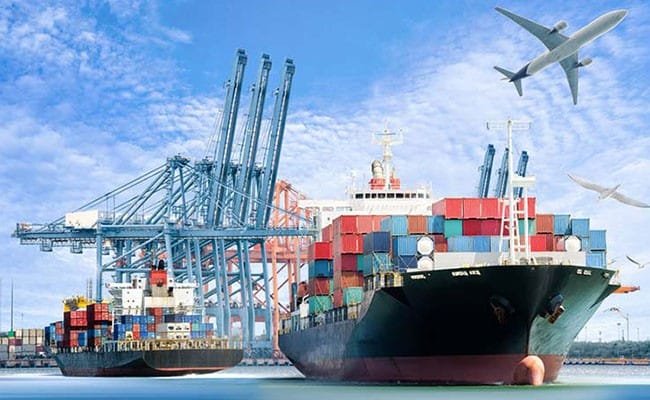
Digital Transformation in Shipping
Automation and Artificial Intelligence (AI) in Shipping Operations
Automation and AI are transforming shipping by making operations more efficient. Automated systems can handle tasks like loading and unloading cargo, which reduces the need for manual labor and speeds up processes. AI helps analyze data to predict demand and optimize routes, ensuring ships operate at their best. This technology also improves safety by monitoring conditions and preventing accidents. With AI and automation, companies can save time and money while increasing reliability, making shipping smoother and more effective for everyone involved.
The Rise of Blockchain in Supply Chain Transparency
Blockchain technology is gaining popularity in shipping because it offers better transparency and security. It creates a digital ledger that records every transaction in a secure and unchangeable way. This means all parties involved in the supply chain can see the same information, reducing fraud and errors. With blockchain, it’s easier to track shipments and verify the authenticity of goods. This transparency builds trust among businesses and customers, ensuring that products arrive on time and as promised. As more companies adopt blockchain, the shipping industry becomes more efficient and accountable.

Impact of Big Data on Shipping Optimization
Big data is changing how shipping companies operate by providing valuable insights. By collecting and analyzing large amounts of data, companies can understand patterns in customer demand, weather conditions, and fuel usage. This information helps them make smarter decisions, like optimizing shipping routes to save time and reduce costs. Big data also enables better inventory management, ensuring that goods are available when needed. Overall, using big data leads to more efficient operations, lower expenses, and improved customer satisfaction, making the shipping process smoother and more reliable.
Sustainability and Green Shipping
Alternative Fuels: LNG, Hydrogen, and Electric Vessels
Alternative fuels like liquefied natural gas (LNG), hydrogen, and electricity are becoming important in shipping to reduce pollution. LNG is cleaner than traditional fuels and emits fewer greenhouse gases. Hydrogen can be used in fuel cells to power ships without harmful emissions. Electric vessels, while still in development, promise to operate without fossil fuels, using batteries instead. These alternatives aim to make shipping more environmentally friendly, helping to combat climate change. As technology advances, more ships will likely use these fuels, leading to a cleaner future for the industry.
IMO Regulations and Decarbonization Efforts
The International Maritime Organization (IMO) sets regulations to reduce greenhouse gas emissions from ships. They aim to cut emissions by at least 50% by 2050 compared to 2008 levels. To achieve this, the IMO encourages the use of cleaner fuels, energy-efficient technologies, and operational practices. These regulations push shipping companies to invest in new technologies and rethink their operations to lower their carbon footprint. By promoting decarbonization efforts, the IMO plays a key role in making the shipping industry more sustainable and helping combat global warming.
Energy Efficiency Technologies and Practices
Energy efficiency technologies and practices focus on reducing fuel consumption and improving the performance of ships. Innovations like hull modifications, advanced propellers, and energy-saving devices help ships move more smoothly through water, cutting down on fuel use. Additionally, practices such as optimizing routes and maintaining engines can further enhance efficiency. By adopting these technologies and practices, shipping companies can save money on fuel and reduce their environmental impact. As the industry embraces energy efficiency, it not only helps the planet but also boosts profitability by lowering operational costs.
Shipping Industry
1. Automation and Digitization Enhancing Efficiency
In recent times, robotization and digitization have come central to the shipping industry ‘s drive for enhanced effectiveness. From automated weight handling systems to robust data analytics, these technologies are streamlining operations, reducing costs, and optimizing force chain operation processes. As dispatching companies decreasingly borrow artificial intelligence (AI) and Internet of effects( IoT) results, real- time shadowing, prophetic conservation, and independent vessels are getting a reality.
2. Sustainable Practices and Green Shipping
Environmental sustainability has gained elevation in the shipping industry, with stricter regulations and growing societal mindfulness. To alleviate carbon emigrations and reduce ecological impact, there’s a rising focus on espousing cleaner energies, similar as thawed natural gas (LNG), hydrogen, and biofuels. likewise, the development ofeco-friendly shipping designs, including wind- supported propulsion and electric- powered vessels, is gaining instigation.
3. Enhancing Supply Chain Resilience with Efficient Shipping Solutions
The COVID- 19 epidemic stressed the vulnerabilities within global force chains, egging shipping companies to reevaluate their strategies. The future of the shipping assiduity lies in erecting flexible force chains that can repel unlooked-for dislocations. Embracing technologies like blockchain for transparent and secure deals, advanced threat operation tools, and diversifying sourcing locales are pivotal way toward achieving this adaptability.
4. E-commerce Revolutionizing Shipping and Last-Mile Delivery
The exponential growth ofe-commerce has revolutionized the retail geography, challenging the shipping assiduity to acclimatize consequently. To meet the rising demand for effective last- afar deliveries, companies are exploring innovative results similar as drone deliveries, independent vehicles, and smart lockers. also, the integration of artificial intelligence and machine literacy is enabling more accurate demand soothsaying and optimized logistics planning.
5. Augmented Reality (AR) and Virtual Reality (VR) in Training and Maintenance
The application of AR and VR technologies is transubstantiating training programs and conservation practices in the shipping assiduity. These immersive technologies enable crew members to admit realistic simulations and virtual training, enhancing their chops and safety mindfulness. likewise, AR- supported conservation procedures help reduce time-out and ameliorate overall functional effectiveness.
6. Collaboration and Partnerships Driving Innovation
In an period of complex global challenges, collaboration and hookups are getting essential motorists of invention in the shipping assiduity. also,cross-sector collaborations between shipping companies, technology providers, governments, and exploration institutions foster knowledge sharing and expedite the development of sustainable, unborn-ready results.
The shipping assiduity is on the cusp of a transformative period, shaped by automation, sustainability, rigidity,e-commerce, technological advancements, and collaborative approaches. By embracing these future trends, dispatching companies can navigate the evolving terrain effectively, enhance functional effectiveness, reduce environmental impact, and deliver indefectible customer exploits. also, the future of the shipping sedulity lies in staying nimble, adaptable, and at the van of arising technologies to meet the demands of hereafter’s global trade.
FAQ
Automation and digitization technologies streamline operations, reduce costs, and optimize force chain operation processes in the shipping industry. Additionally, they include automated weight handling systems, data analytics, real-time tracking, predictive maintenance, and autonomous vessels.
The shipping industry is adopting cleaner energies like liquefied natural gas (LNG), hydrogen, and biofuels to reduce carbon emissions and mitigate ecological impact. Furthermore, eco-friendly shipping designs such as wind-supported propulsion and electric-powered vessels are gaining traction.
To achieve adaptability, technologies like blockchain for transparent and secure transactions, advanced threat management tools, and diversification of sourcing locations are crucial. Moreover, these technologies play a vital role in enhancing supply chain resilience.
The exponential growth of e-commerce has challenged the shipping industry to adapt. Innovations such as drone deliveries, autonomous vehicles, and smart lockers are being explored to meet the rising demand for efficient last-mile deliveries. Artificial intelligence and machine learning enable accurate demand forecasting and optimized logistics planning.

TopShipping
With years of experience in logistics and freight forwarding, the author is passionate about making shipping smoother and more efficient.
As a leader at TopShipping, they’ve developed a deep understanding of supply chain management, international shipping rules, and creative logistics solutions. They’re driven by a desire to help businesses succeed by delivering reliable, customer-focused services.
Over the years, they’ve also shared their expertise by writing for various industry publications, offering practical tips and insights on the latest trends in logistics. Thanks to their leadership, TopShipping has become a trusted name for companies looking for hassle-free global freight solutions.
Comment Section
Comment
Write your idea about "Key Trends Shaping the Future of Shipping"


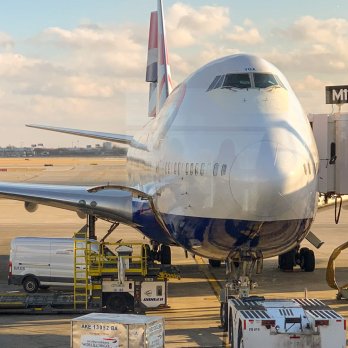

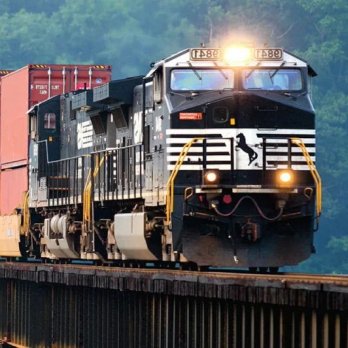

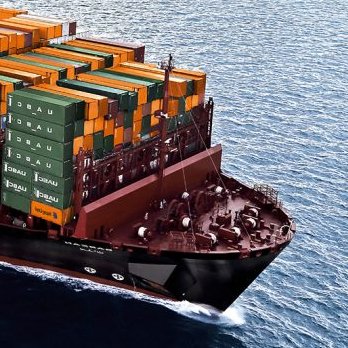
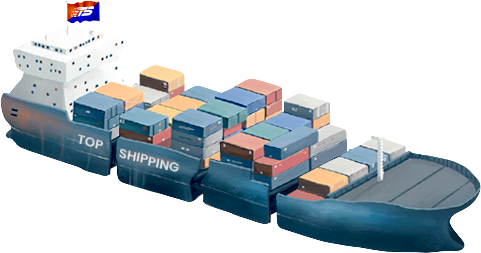
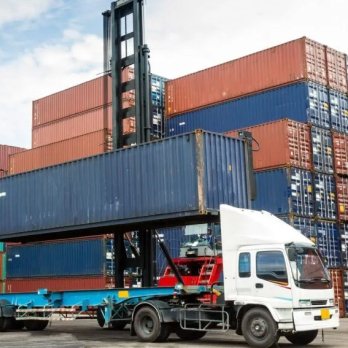

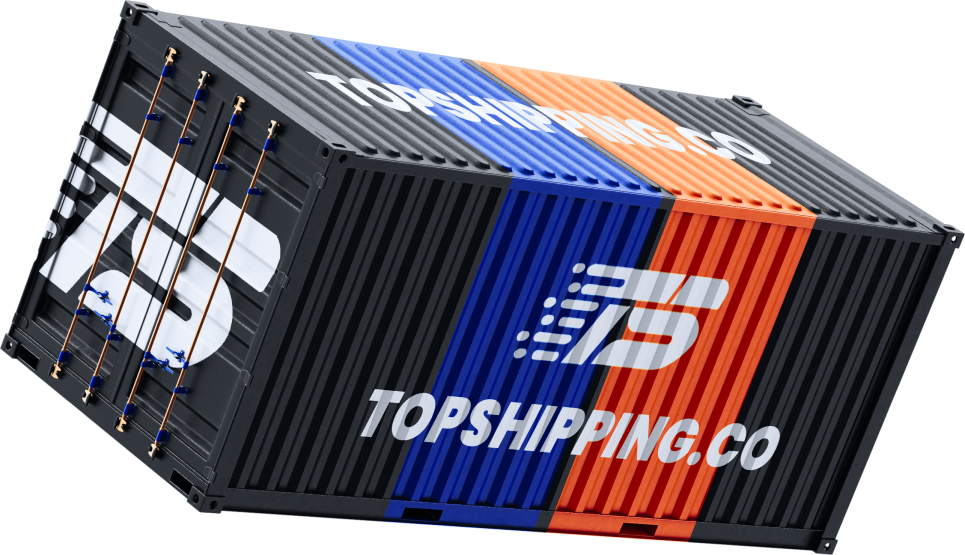





No comments yet.